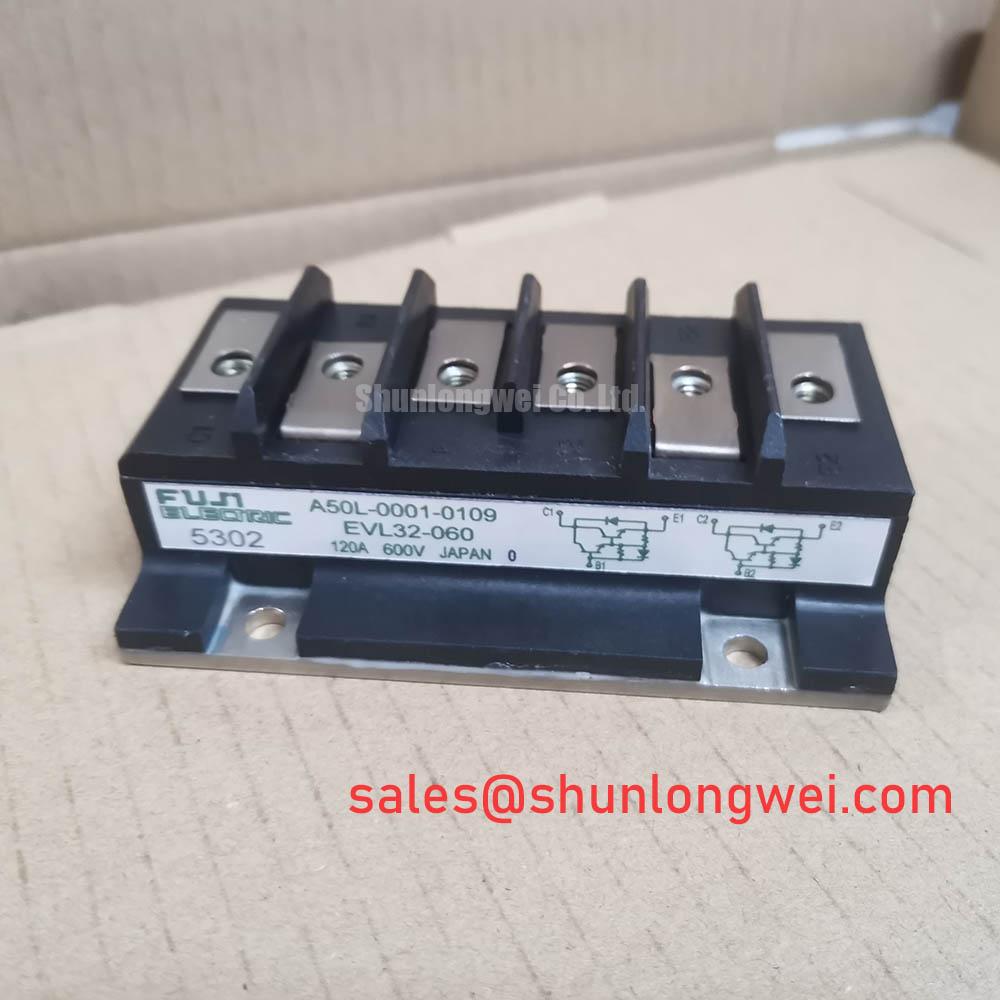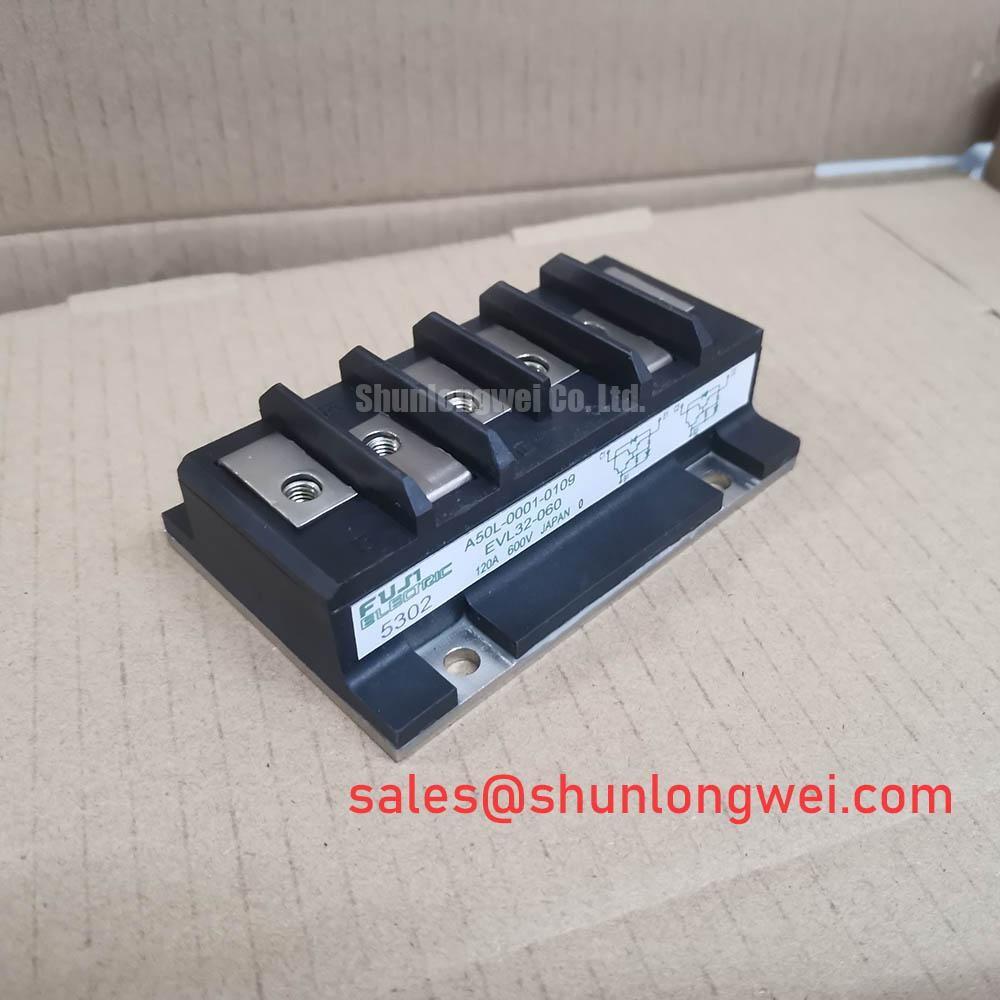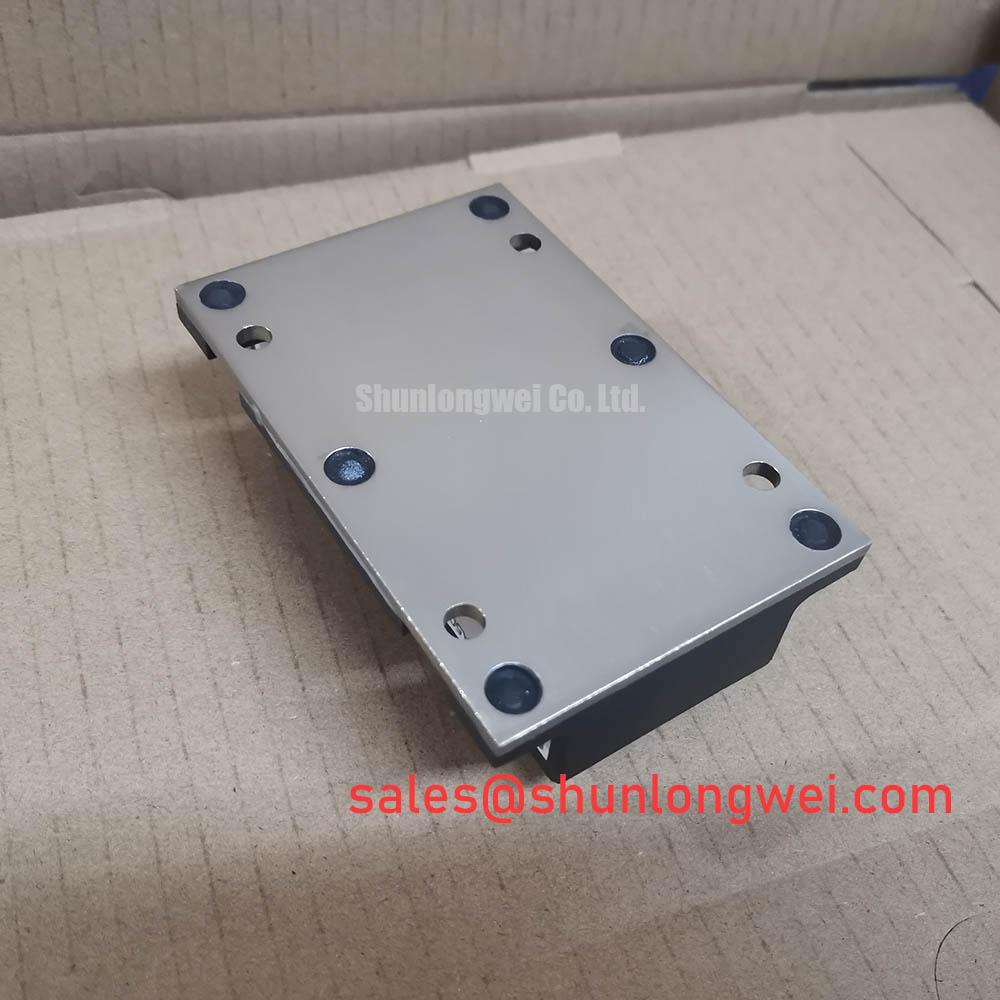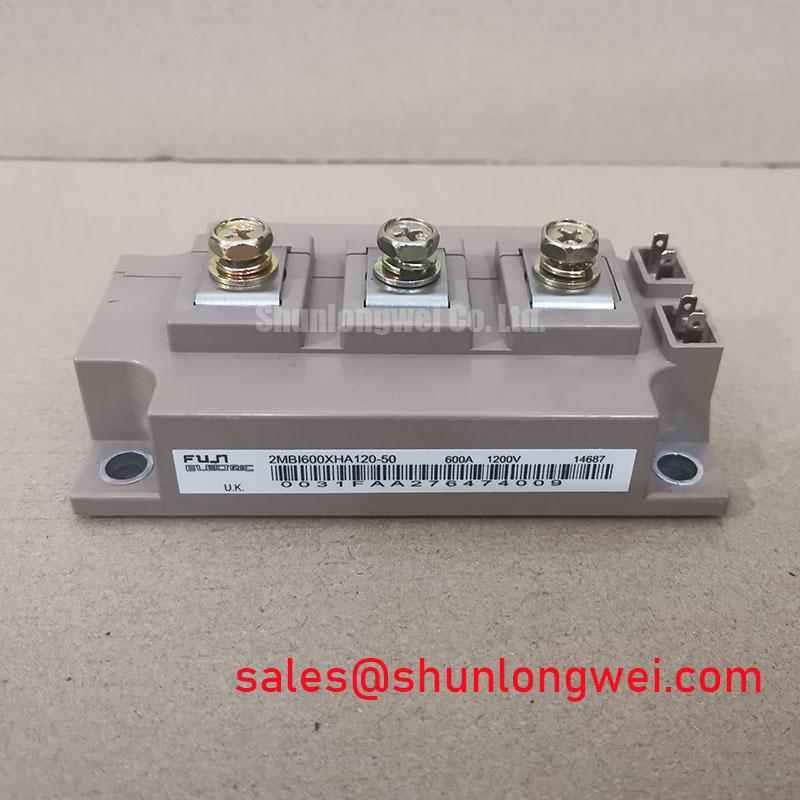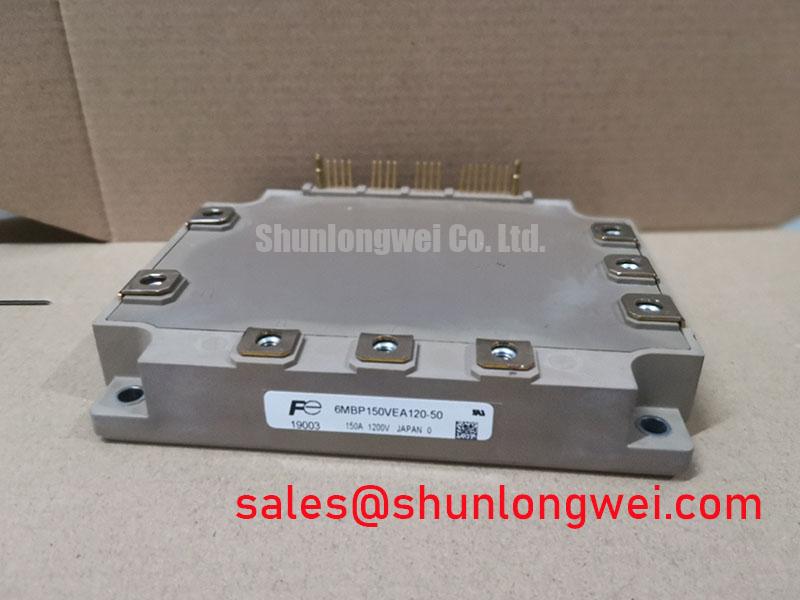EVL32-060: Engineering Insights into Fuji Electric's Robust Dual Transistor Module
Content last revised on October 7, 2025.
The EVL32-060 by Fuji Electric is a high-reliability dual transistor power module engineered for demanding power conversion applications. Delivering a robust design focused on thermal efficiency and electrical stability, this module provides a dependable foundation for industrial power systems. It integrates two NPN transistors in a single package, featuring key specifications of **600V Vcbo | 60A Ic (DC) | 120A Ic (Pulse)**. The core engineering benefits include simplified thermal management due to its isolated baseplate and enhanced reliability from its rugged internal construction. This module directly addresses the need for a durable, high-current switching component in applications where consistent performance under load is critical. For power systems requiring efficient and reliable switching up to 60A, the EVL32-060 offers a well-defined and robust solution.
Application Scenarios & Value
System-Level Benefits in Industrial Power Control
The EVL32-060 is optimally suited for deployment in industrial power control systems where reliability and straightforward design are paramount. Its primary value is demonstrated in applications such as motor controls, welding power supplies, and switching regulators. In a typical DC motor drive, for instance, the challenge is to manage both continuous load currents and intermittent peak currents without thermal runaway. The EVL32-060's 120A peak current rating provides the necessary headroom to handle motor start-up inrush, while its thermal resistance characteristics ensure efficient heat transfer to the heatsink, maintaining operational stability. What is the primary benefit of its isolated mounting base? It allows multiple modules to be mounted on a single heatsink without complex insulation schemes, simplifying mechanical assembly and improving thermal uniformity across the system. This design choice directly translates to reduced assembly time and a more compact, reliable end-product.
Key Parameter Overview
Decoding the Specs for Electrical and Thermal Design
The technical specifications of the EVL32-060 underscore its suitability for high-current, medium-voltage applications. The parameters below are critical for engineers to correctly model the device's performance, ensuring both electrical and thermal design margins are met for long-term operational reliability.
| Parameter | Symbol | Condition | Value |
|---|---|---|---|
| Collector-Base Voltage | Vcbo | - | 600V |
| Collector-Emitter Voltage | Vceo | - | 450V |
| Emitter-Base Voltage | Vebo | - | 7V |
| DC Collector Current | Ic | - | 60A |
| Pulsed Collector Current | Ic (pulse) | - | 120A |
| DC Base Current | Ib | - | 6A |
| Collector Power Dissipation | Pc | Tc=25°C | 250W |
| Operating Junction Temperature | Tj | - | 150°C |
| Storage Temperature | Tstg | - | -40 to 125°C |
| Isolation Voltage | Viso | AC, 1 minute | 2500V |
Technical Deep Dive
Implications of the Darlington Configuration and Isolated Baseplate
The internal topology of the EVL32-060 utilizes a Darlington pair configuration for each of its two transistor elements. What is the engineering advantage of this design? High current gain. This means a small base current can control a significantly larger collector current, simplifying the driver circuitry required to switch the module. For a design engineer, this reduces the complexity and power requirements of the gate drive stage, which can lead to cost savings and a smaller PCB footprint. The module's baseplate is electrically isolated from the transistor terminals, rated for 2500V. This feature is analogous to having built-in insulation. It eliminates the need for external insulating pads (like mica or silicone films) when mounting the device to a chassis or heatsink, which are common sources of increased thermal resistance and assembly errors. This integrated isolation streamlines the manufacturing process and enhances the overall thermal transfer efficiency, contributing directly to improved system reliability and longevity.
FAQ
What does the 2500V isolation voltage rating mean for my design?
The 2500V (Viso) rating signifies that the module's mounting base is electrically isolated from the internal circuitry and can withstand a 2500-volt potential difference for one minute. This provides a high degree of safety and simplifies system design by allowing direct mounting to a grounded heatsink without additional insulating materials, which is a key requirement in many industrial power applications governed by safety standards like UL or VDE.
How does the 250W power dissipation capability influence heatsink selection?
The 250W (Pc) rating is the maximum power the device can dissipate at a case temperature (Tc) of 25°C. In a real-world application, the case temperature will be higher. This value is the starting point for thermal calculations. Engineers must use this, along with the module's thermal resistance, to calculate the required heatsink performance to keep the junction temperature (Tj) below its 150°C maximum under worst-case operating conditions, ensuring the module does not overheat.
Is the EVL32-060 suitable for high-frequency switching applications?
As a bipolar junction transistor (BJT) based module, the EVL32-060 is designed for low-to-moderate frequency applications, such as motor drives and power supplies operating in the low kilohertz range. While it offers robust current handling, its switching times are slower than modern IGBT modules or MOSFETs. For applications requiring switching frequencies above 20 kHz, an IGBT like the 2MBI200VA-060 would be a more appropriate component to minimize switching losses.

